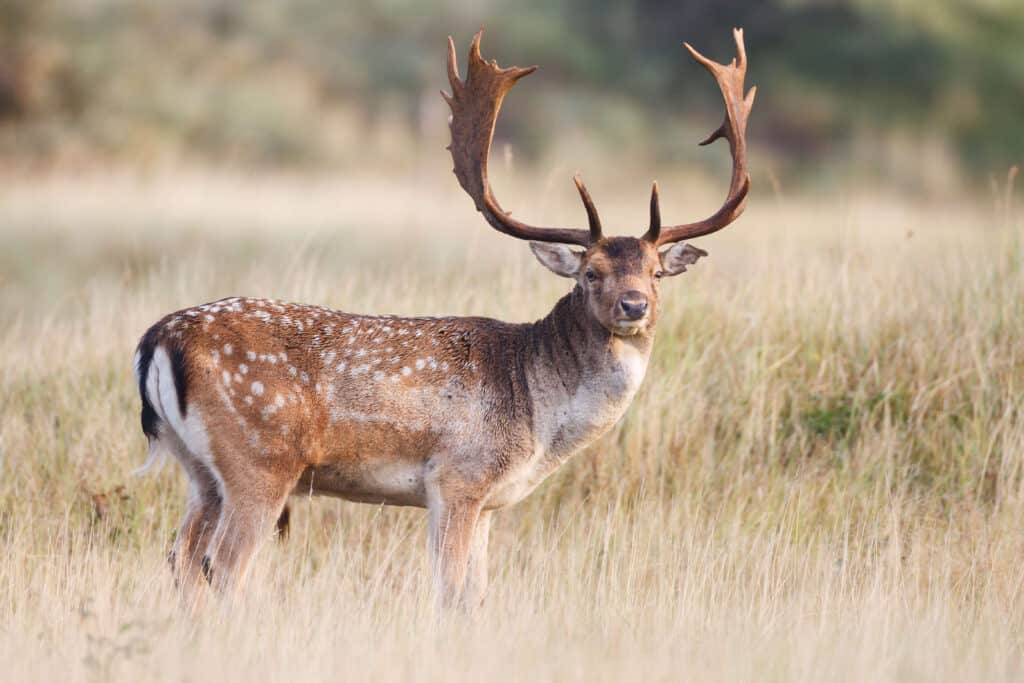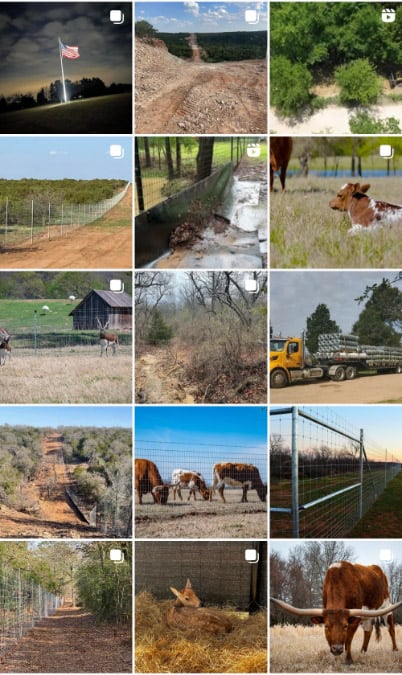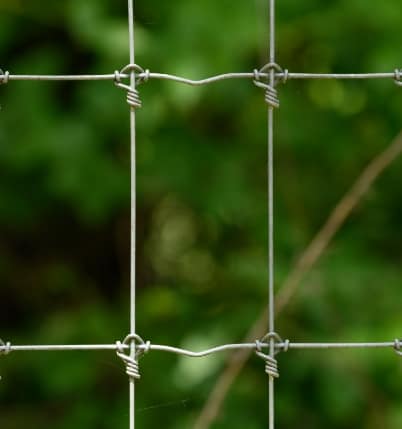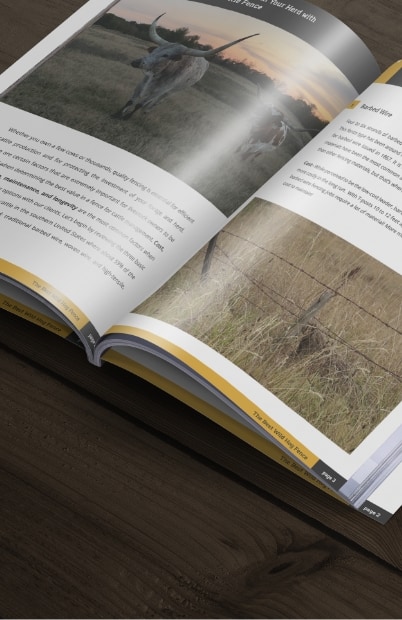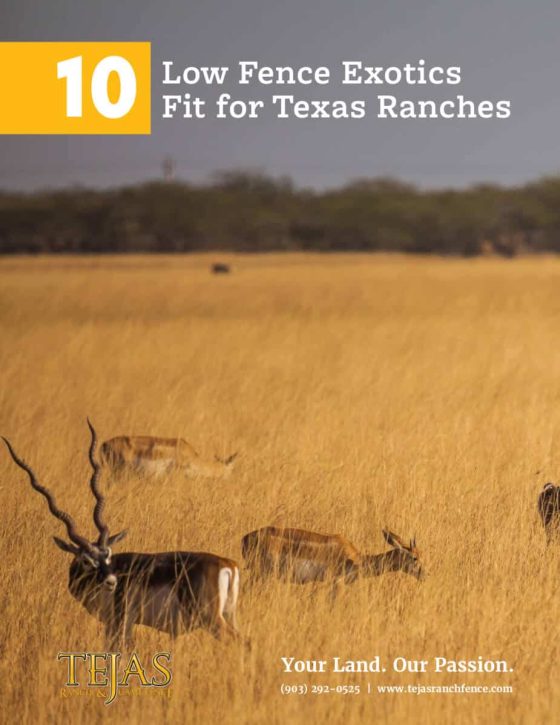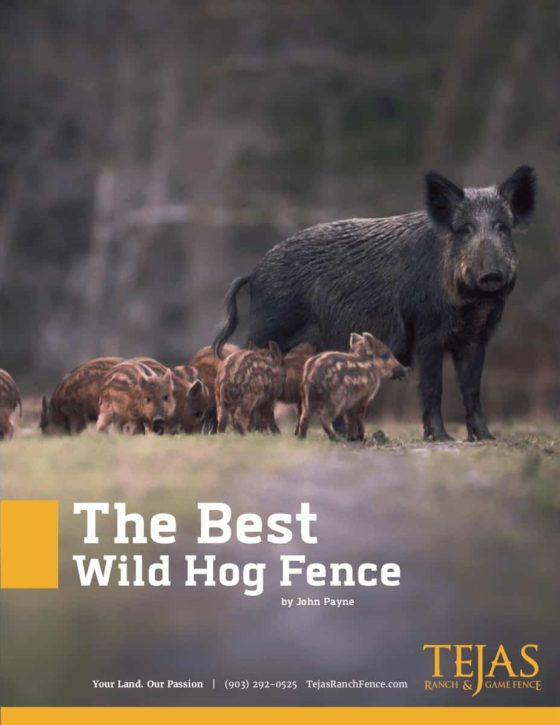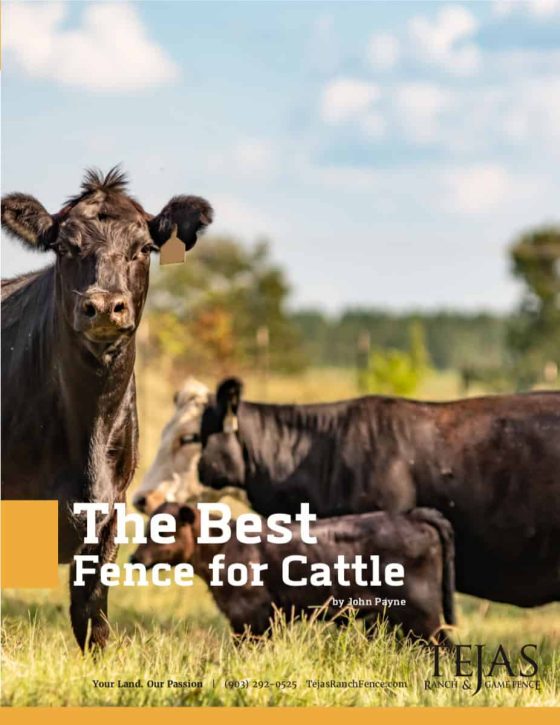Fallow deer exotics, known for their impressive antlers and distinctive white spots, have become a popular exotic species in many regions. This article will explore fallow deer’s traits, characteristics, behavior, and distribution, shedding light on their captivating nature.
Understanding Fallow Deer: Traits and Characteristics
Historical Background of Fallow Deer
Fallow deer, scientifically known as dama dama, have a rich historical background that dates back to the Neolithic period. Originating from the eastern Mediterranean and Asia Minor, the Normans brought fallow deer to Europe, where they continued to spread. European settlers then introduced fallow deer to various parts of the world, including the United States, Australia, and New Zealand. Once prized as a hunting species, fallow deer populations, both native and introduced, can be found in thriving populations all over the world.
Physical Appearance of Fallow Deer
Fallow deer exhibit a range of unique physical characteristics. One of the most prominent features of fallow deer is the presence of white spots on their body, which can be observed in both males and females. However, these spots are typically more pronounced in fawns, providing camouflage in the grassy areas where fallow deer reside.
Mature fallow deer males, or bucks, possess palmate antlers, which only old-world deer possess. These antlers, formed of flattened, broad tines, resemble the shape of a hand, hence the name “palmate.” Antlers may grow to an impressive size, measuring up to 2.4 ft long, and are shed and regrown annually. In addition to the palmate antlers, fallow deer bucks also have a black stripe running along their back, further enhancing their striking appearance.
| Height | 2ft 6 in – 3ft 3in |
| Weight | Male:175-225 lbs; Female: 80-100 lbs |
| Color | Varies:
|
| Lifespan | 10 – 15 Years |
| Country of Origin | Mediterranean region of Europe and Asia Minor |
| Habitat | Forests and open grassland |
| Diet | Grass, leaves, acorns, bark, herbs, berries |
| Fence Requirement | 8 ft minimum height |
| Suggested Fence Pattern | 1775-6, 2096-3, 2096-6, 2096-12 |
| Fence Material | High-Tensile Fixed-Knot Fencing |
| Fence Information | High Game Fence for Deer |
Dietary Habits of Fallow Deer
Fallow deer are herbivores with a diet of various vegetation in their habitats. They graze on grasses, leaves, shrubs, and shoots, making the most of their surroundings to meet their nutritional needs. Fallow deer will consume fruits, nuts, and seeds in autumn, providing them with essential nutrients during this season of abundance. Their ability to adapt their diet to the changing availability of food resources is crucial for their survival.
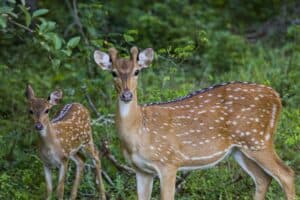 Fallow Deer Behavior and Lifestyle
Fallow Deer Behavior and Lifestyle
Fallow deer exhibit interesting behavior and adapt to various habitats in their quest for survival. They tend to be nocturnal and are more active at both dusk and dawn. Often, smaller groups of fallow deer, composed of males and females, can be observed in grassy areas and woodlands, seeking food and shelter. Their good vision and keen sense of hearing help them detect potential threats, while body language and vocalizations allow them to communicate with each other effectively.
Mating Habits of Fallow Deer
The mating season, or rut, typically occurs in autumn, during September and October. Fallow deer engage in courtship displays, vocalizations, and territorial fights to attract mates. Male fallow deer compete for access to multiple mates. Dominant males, with larger antlers and superior breeding success, typically mate with multiple females, while smaller or younger males may only have limited opportunities for mating. This mating system ensures genetic diversity within the population and allows strong males to pass on their genes to future generations.
After successful mating, female fallow deer have a gestation period of about 7.5 months. This culminates in the birth of a single fawn, which usually takes place in late spring or early summer. Fawn fallow deer are born with spots, which serve as a form of camouflage, providing protection from predators.
Parental Care
After mating, female fallow deer, or does, provide parental care to their offspring. They protect their single fawn, nurturing and guiding it during the early stages of development. Fawn fallow deer rely on their mother’s milk for sustenance, gradually transitioning to a diet of vegetation as they grow older. This maternal care ensures the survival and growth of the fawn, setting them up for success in their future reproductive endeavors.
Conclusion
Fallow deer are fascinating creatures that have captured the attention of wildlife enthusiasts around the world. Their physical appearance is striking, and their behavior and lifestyle are intriguing to observe. Overall, fallow deer contribute to the diversity of wildlife and should be appreciated for their beauty and contributions to the ecosystem.
Join our email newsletter and receive informative articles like these in your inbox! Subscribe here.
About Tejas Ranch & Game Fence
Tejas Ranch & Game Fence is the go-to ranch fence contractor for landowners with a vision for their property. We have a broad offering of ranch fence solutions, such as high-game fences, cattle fences, hog-proof fences, and more. We offer land clearing, trail construction, and land development consulting along with our fence solutions.
Related Articles:
Exotic Black Hawaiian Sheep
Exotic Barbados Sheep
Exotic Zebras
Exotic Rhea
Buffalo
Exotic Addax
Exotic Scimitar Oryx
Exotic Blackbucks
Exotic Sika Deer
Exotic Painted Desert Sheep
Exotic Mouflon Sheep
Exotic Corsican Sheep
Exotic Aoudad Sheep
Exotic Nilgai Antelope
Exotic Texas Dall Sheep
Exotic Axis Deer
Exotic Pere Davids Deer
